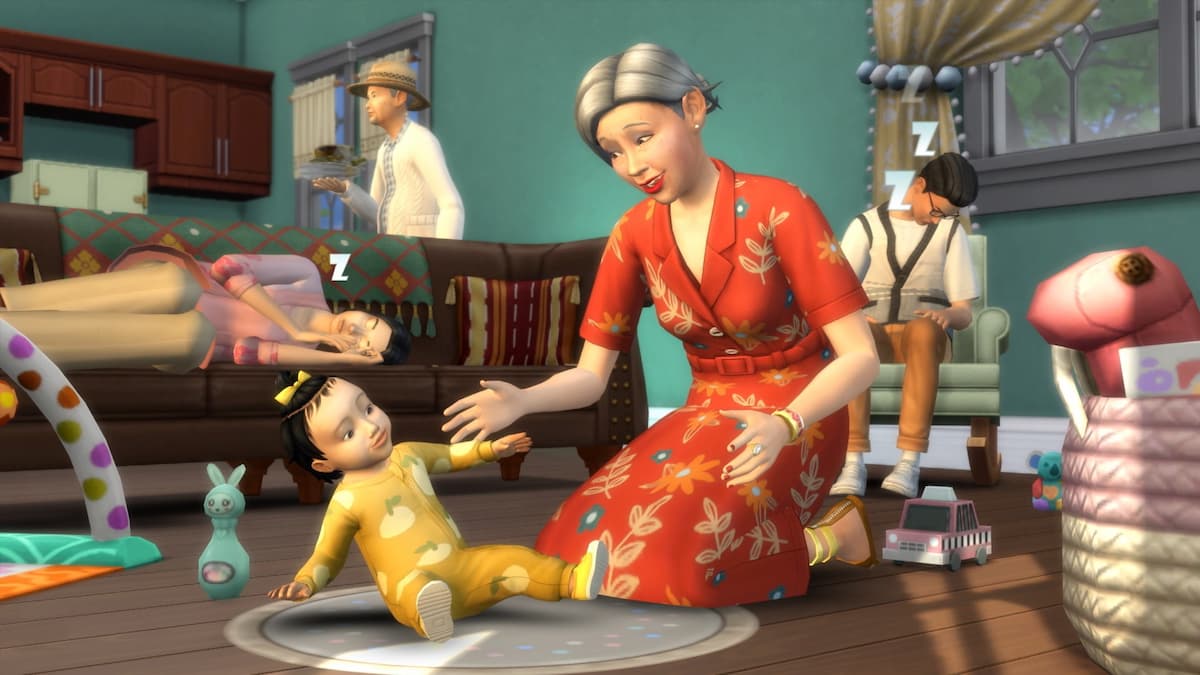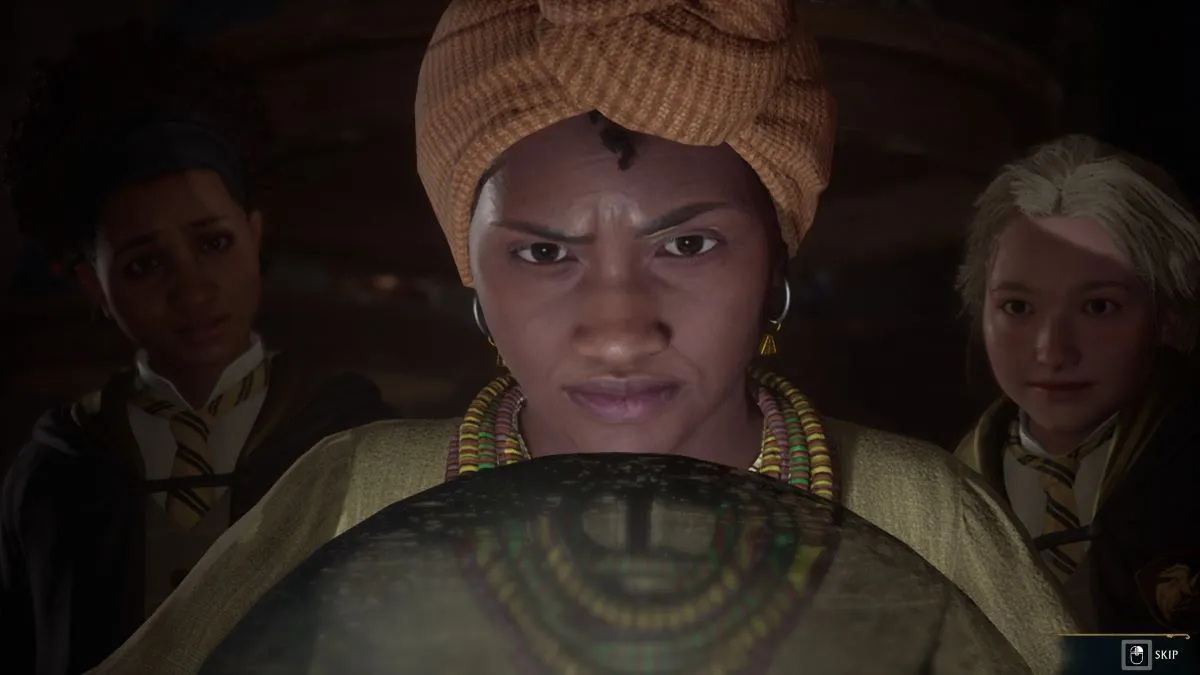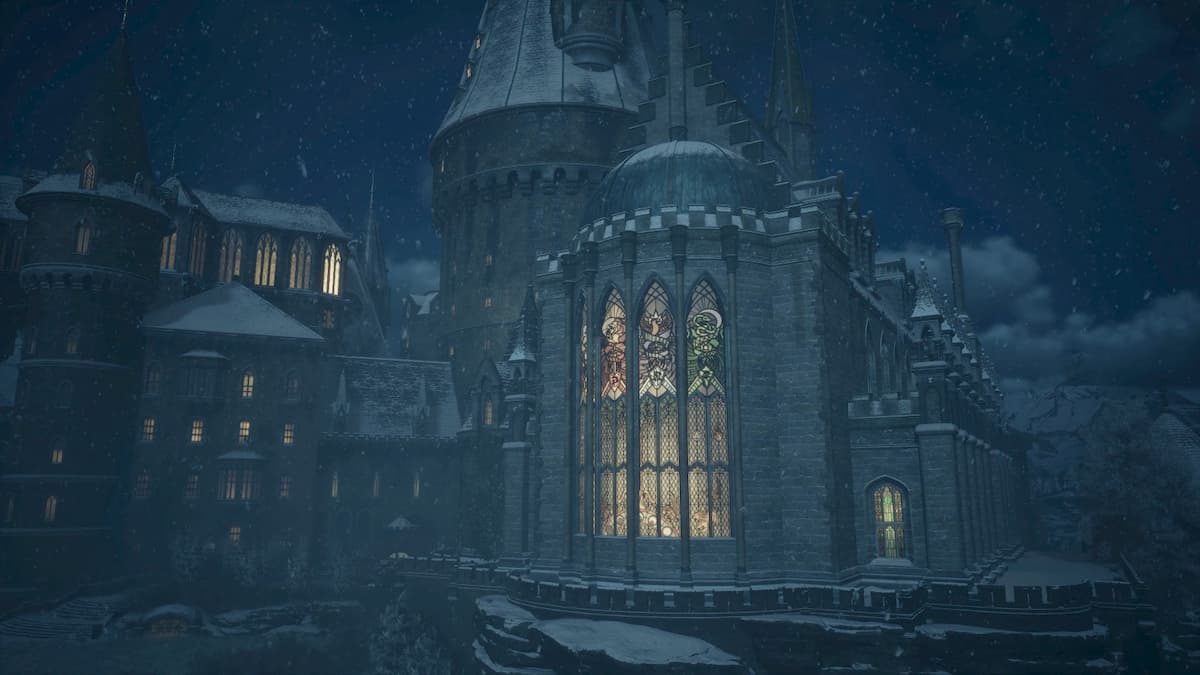Games with a school setting are a dime-a-dozen, it seems, especially since the rise of Persona. While it can be a boon for some games, school-based RPGs often comes across as derivative, full of mechanics and characters we’ve seen so many times we just don’t care anymore.
That’s how The Legend of Heroes: Trails of Cold Steel seems at first. Chances are, it’s what you’ll hear on the fan forums, where Cold Steel is often regarded as the weakest story arc of the Trails series.
It couldn’t be farther from the truth, though. The school setting actually helps accentuate the game’s strongest parts to create a more dynamic and engaging experience.
[Note that this piece does contain some mild spoilers for a few characters’ backgrounds.]
Narrative Continuity
When Zero no Kiseki was in development, Falcom realized they needed something with more story and detail to bridge the gap between Trails in the Sky SC and everything else that would follow. Thus, Trails in the Sky the 3rd was born: A different, but vastly important game, where most of the story is told through narrative events found behind specific Star and Moon doors.
(If all of this sounds like gibberish to you, head over to our handy one-stop FAQ for the Trails series and find out what it’s all about.)
Most of the doors expand the characters and plot related to the Sky story arc or set up the Crossbell games. Star Door 8 serves both purposes. However, it’s also the foundation of the Trails of Cold Steel games.
In it, you learn why Prince Olivert visited Liberl to begin with and how it connects to the troubles brewing back in Erebonia.
Erebonian society and politics were gridlocked, essentially, between the noble and reformist factions — the aristocrats and the commoners, in other words. Each had extensive influence over certain sectors of the government, and each also had access to a great deal of military power.
Osborne here is presented as basically a Robespierre — a rabble rouser who does what the people want to get their support, even to the point of instigating a civil war to destroy society so he can rebuild it around himself and his no-nobles-allowed policies.
Olivert obviously opposes this plan and wants to steer a middle course, rebuilding Erebonia without shattering it first.
Keep that in mind while we detour into Erebonian politics a bit more.
Bracers, the politically independent association dedicated to helping civilians, don’t operate in Erebonia anymore. They had an annoying tendency to keep oppressive military types in check and, unlike their mercenary rivals the Jaegers, wouldn’t take on any job for the right price.
Erebonia doesn’t have police, but each province has its own army. The central government has a military police unit dedicated to preserving the security of the country’s railroads, which basically means it has access to every town and every corner of the country.
These two points are important for a couple of reasons. From a narrative perspective, it means Olivert and his allies couldn’t count on support from other organizations in their bid to save and reform the empire. From a design perspective, it also limited Falcom’s choices for what affiliations the main characters would have.
Falcom president Toshihiro Kondo initially said the goal was to make Rean and his friends military officers. It’s highly possible, and probably likely, the decision to use a school setting instead was influenced by the success of games like Persona 3 and Persona 4.
However, there aren’t many other choices that would make sense in the story Falcom created. Military officers would certainly be an interesting focus, but it would shatter the story.
Here’s what would happen: Military officers disobey their superiors because they believe the government and army are corrupt. There’s strength in numbers, so they find a smattering of disaffected nobles who want to reform the system as well, especially the archaic social class system. All movements need a leader, which leads them to ally with an already controversial imperial prince to try and change the country.
What I just described is a rebellion, not a moderate reformation.
Whatever influenced the decision, there’s no denying changing Rean and co. to students at a military academy works much better.
The monthly field studies give Class VII a better chance to learn about the various facets of Erebonia’s problems and the spectrum of their severity. That severity ranges from the passive oppression in Celdic to the outright aggression in Bareahard — to say nothing of Nord’s precarious position between Erebonia and Calvard. Like Crossbell, but without enough clout to warrant the two governments treading lightly.
Moreover, it lets the students learn about these issues as (almost) ordinary citizens, giving them a desire to work towards a brighter future for their country in general and the many people they meet along the way.
That’s important, because while Bracers ultimately have the same goals, they operate as sort of dual-citizens, with one foot in their country and one in the restrictive laws governing the organization.
It doesn’t mean Bracers have no love for country, but it’s not the same as students learning what’s wrong in their hometowns and working together to fix it. That’s a cliche, to be sure, but one Falcom manages to imbue with a sense of genuineness thanks to the characters, their reactions to what they witness, and their determination to make a difference.
Trope Busters
The school setting also helps emphasize how interesting the characters in Cold Steel are. At first, that probably sounds counter-intuitive: school-based RPG = tropes a-plenty.
And that’s true to an extent. At first glance, the characters and setting seem very tropey indeed — the sexy big sister-teacher, the hot-headed intellectual, the shy, quiet smart girl, the tsundere, and so on.
Falcom uses variations of these throughout the Trails series, though, and always manages to make the characters feel like real people regardless. Cold Steel is no different, but the character development process seems almost like Falcom intentionally used these just to turn them on their heads.
Take Instructor Sara, for example. Initially, she’s almost a pink-haired version of Trails in the Sky’s Scherazard Harvey and the usual sexy teacher trope: Fond of drink and men, hidden skills you wouldn’t expect, acts as a mentor for the main character.
Starting in Chapter 5, though, you learn a lot more about Sara and her past that paints her in a new light (and there’s even more in later games). After the Erebonian Bracer Guilds were closed, Sara was basically a drifter. Her Bonding Events suggest a much more troubled past as well, one fraught with heartbreak and loss.
It makes you wonder whether her seemingly irresponsible and flippant demeanor is how she learned to cope with hardship, adding an extra dimension to what would otherwise have been a worn-out character type.
There are plenty of other examples, but Alisa Reinford is one of the more notable ones.
Alisa is Cold Steel‘s tsundere and even has a scene where she falls on top of Rean. For the first few chapters, she’s distant, unpleasant, stubbornly independent, obviously has a crush on Rean, and is someone you’ve seen a million times before.
And then you learn about her home life. Her (admittedly creepy) grandfather is her only real friend, and her mother lives for work, with her daughter being a necessary nuisance to control. Alisa ran away from home to try and forge her own life away from the Reinford name and to prove to her mother that she, Alisa, was an individual worthy of notice.
That conflict with the Reinford name is one of the more engaging aspects about her too. The Reinfords are an anomaly in Erebonia. The family headed the Orbal Revolution (read: Industrial Revolution) in the country and propelled to fame and fortune because of their technical and engineering expertise.
But just like in the 19th century, new money didn’t sit well with old blood. Alisa’s insecurity and desire to do something for herself reflects her family’s precarious social position and the trials she deals with as a scion of a revered and reviled family.
All of this would make her a unique character under normal circumstances. The other story arcs in the Trails series have their share of revelations and engaging backstories too, after all
However, having it unfold over the course of the school year creates an interesting juxtaposition, where starting from the familiar only to radically depart from it makes these characters stand out even more.
The same goes for some of the others.
Jusis Albarea is your average snooty noble, until it comes out that he’s not as noble as it seems, and he’s just the unwanted spare wheel.
Elliot Craig is the usual non-athletic type. He feels pressured to follow his military father’s footsteps but really wants to study music. It’s familiar stuff, but then you learn his love for music is how he keeps his dead mother’s memory alive. It makes his coming to terms with his and his father’s differences stand out that much more.
You, and Rean, only learn about this as time progresses, because it’s just like school. You know the least about the people you see the most until you take the time to try and understand them.
Admittedly, the game makes it initially difficult to get to these points of realization. Since it is just like school, there are fewer interactions between characters except on field studies or when the class is all together. Most of the info dumps come from Bonding Events (which you can learn more about here) and those field studies.
Some of the characters, like Gaius and, to an extent, Emma, don’t get much development in the first game, which is a casualty of this being the first in a four-game arc.
But if you can look past the initial, stale tropes, Cold Steel does an excellent job busting your expectations about characters and character types, which has some interesting real-life lessons under the surface.
School Days
The other way the school setting works so well is one of its more controversial aspects: the free days and lessons.
Normally in Trails games, the action starts slow and gradually builds to a huge confrontation or revelation of some kind.
Cold Steel is a bit different, because it’s a series of stops and starts. Each chapter starts at Thors Military Academy with a brief hint at a lesson of sorts and some free time to wander around. The main action is on Free Days where Rean takes on tasks for the Student Council, which take the place of Bracer Requests in the Sky games.
These tasks and Rean’s free time do something interesting apart from giving you the chance to do side quests and get some extra items.
Trails games are known for their attention to detail and the fact that NPCs actually live and change as the story progresses. However, Sky FC doesn’t actually let you revisit places you’ve been to before; Sky SC does, but it’s somewhat limited. NPC changes are limited to the action in that chapter.
Thors Academy acts sort of like Crossbell City instead, being a kind of hub area you always return to. It lets you see how a large number of NPCs — your classmates — live and change over time. Some of these NPCs have expanded roles later in the series, so it’s worth following their stories. But even without that, it makes Erebonia feel more vibrant and gives a definite sense that Thors is a place apart from the rest of the country and its troubles.
That feeling eventually clashes violently with the game’s action is the story progresses, ultimately making the story even more immersive. By the time Chapter 3’s action comes to a close, it’s clear there’s something serious going on on a variety of different fronts, and you’re ready to carry on with the action.
But you can’t. It’s back to school instead. Chapter 4 makes the adjustment even worse, making you wonder why you can’t just investigate the Imperial Liberation Front and find some solution to the clash between nobles and commoners.
Then you realize that’s exactly how the characters are meant to feel too.
By the end of Chapter 5, going back to school is similar to Harry Potter and co. going to Hogwarts in The Half-Blood Prince. You know something big is going to happen, and soon, and there’s an element of tension to the class’s routine actions.
When that routine finally breaks, and Prince Olivert introduces his new airship, the Courageous, you know things are coming to a head. The Academy Festival isn’t just the usual booths and exhibits affair, then; you know it’s the stage where the final conflict of the game at last breaks out.
It’s an interesting and clever use of routine to get players involved in the story and its structure, and one of the only times a game’s school setting actually contributes to making the action feel more believable.
Since the Cold Steel arc is the most narratively ambitious and expansive of the Trails games, that can only be a good thing.
—
Video games can never escape tropes and already-established mechanics. The medium is just too vast to avoid re-using something that’s been successful in another game.
What stands out, then, is how games use these things in unique ways or to different effect, and that’s something Trails of Cold Steel does in spades.









Published: Apr 5, 2019 03:17 pm